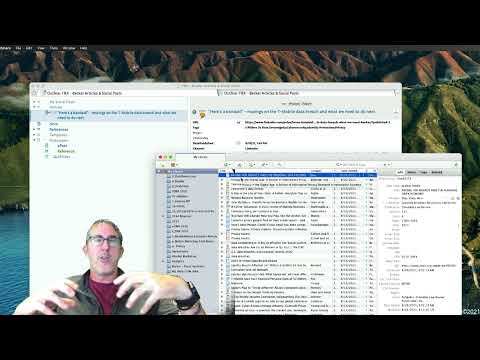Hi @shiiko and welcome to the forums.
I’ll go out on this limb and advise that there is no single way to ‘learn’ Tinderbox, simply because it’s a complex app that does a lot in a lot of different usage cases, and as well there are a lot of ways to achieve the same goals.
It’s all the more pertinent because you (ideally) want to have a command of how you’re navigating and organizing your data as you analyze it in Tinderbox; a good top-down sense of what you’re about to embark on. To be clear - while it’s certainly possible to watch 3 videos or read 3 posts to get your metadata in MD format into Tinderbox and linked to locations within source pdfs - what do you do once you reach there? Do you apply attributes to your notes? Should you import them with attributes? Are you going to work in Map or Outline View to start with? Are you going to eliminate, combine, augment your notes? At what point will they be transformed into or be incorporated into drafts? What will the resulting corpus look like, and how will you export it to Scrivener? And so on…
Next - far be it from me to defend anyone’s graduate thesis (I’m woefully unqualified!) - but I would suggest that it’s often very useful to look at other people’s usage scenarios, as they offer concrete data to work with. I find there’re invariably a ton of tips and shortcuts to be learned that tone up my overall Tinderbox proficiency. Also - many concrete examples are posted with Tinderbox project files that you can try out and extract good bits from.
That said - it’s helpful that you attached your usage scenario, and I’m sure there are others here who’ve done something similar. For example, @satikusala recently posted a video to his great youtube channel on grabbing citations/annotations from a pdf document and pulling them into Tinderbox (using Zotero) -
You might be able to use bits of these tips in your own process, adapting accordingly.
Lastly - perusing the forums, posting (as you have), and attending one of our Saturday meetups are the best and quickest methods of getting someone to help with your learning queries. On this awesome forum you will also find a list of all training videos ever posted to public streaming channels along with comments. You will also find a repo of files, Agent/Stamp/Rule/Edict examples, and so much more. This does not answer your query - but it’s probably best that you scroll through and pick the ones you think will help, then narrow down by elimination. Just my .02.
Good luck on your Tinderbox journey.
